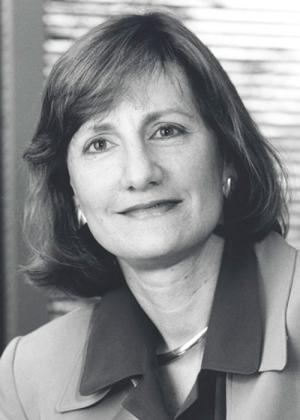Diane Solomon, M.D., appreciated that the development of cervical cancer could be measured at three levels: visual, what the eye can see on clinical exam; microscopic, what the eye sees under a microscope; and molecular, what is the underlying cause of the disease, the human papillomavirus. She was a leading scientist in revolutionizing the microscopic and molecular detection of cervical cancer precursors.
The first widespread cancer screening technology was the Papanicolaou test, in which cells from the uterine cervix were examined under a microscope and sorted into five classes with class I as normal and class V being cancer. The Pap smear was in use for more than 40 years, reducing cervical cancer rates significantly when Dr. Solomon saw a need for more specificity in classifying cervical smears. In 1991, she co-invented The Bethesda System for reporting cervical and vaginal diagnoses, which replaced the five levels with more precise language to more fully communicate what the pathologist was seeing in the laboratory to the clinician treating the patient.
Still, about half of abnormal Pap smears remained in categories in which their clinical meaning and the best management was unclear. In 1996, Dr. Solomon became a key researcher in a study to find the best way to deal with these earliest stages of cellular changes. The ASCUS/LSIL Triage Study for Cervical Cancer (ALTS) was a clinical trial to find the best way to help women and their doctors decide what to do about these mildly abnormal test results. The study compared colposcopy (magnified viewing and testing of the cervix), repeated Pap tests (using both the usual smear and the then-new liquid-based cytology, and HPV testing.
The study was the basis of many important findings about the effectiveness and cost effectiveness of different methods of detection of cervical cancer precursors, and was a foundation for how cervical cancer screening and follow up are done today.
To learn more about Dr. Solomon, read her 1993 seminal editorial, “Screening for Cervical Cancer: Prospects for the Future,” in the Journal of the National Cancer Institute.

